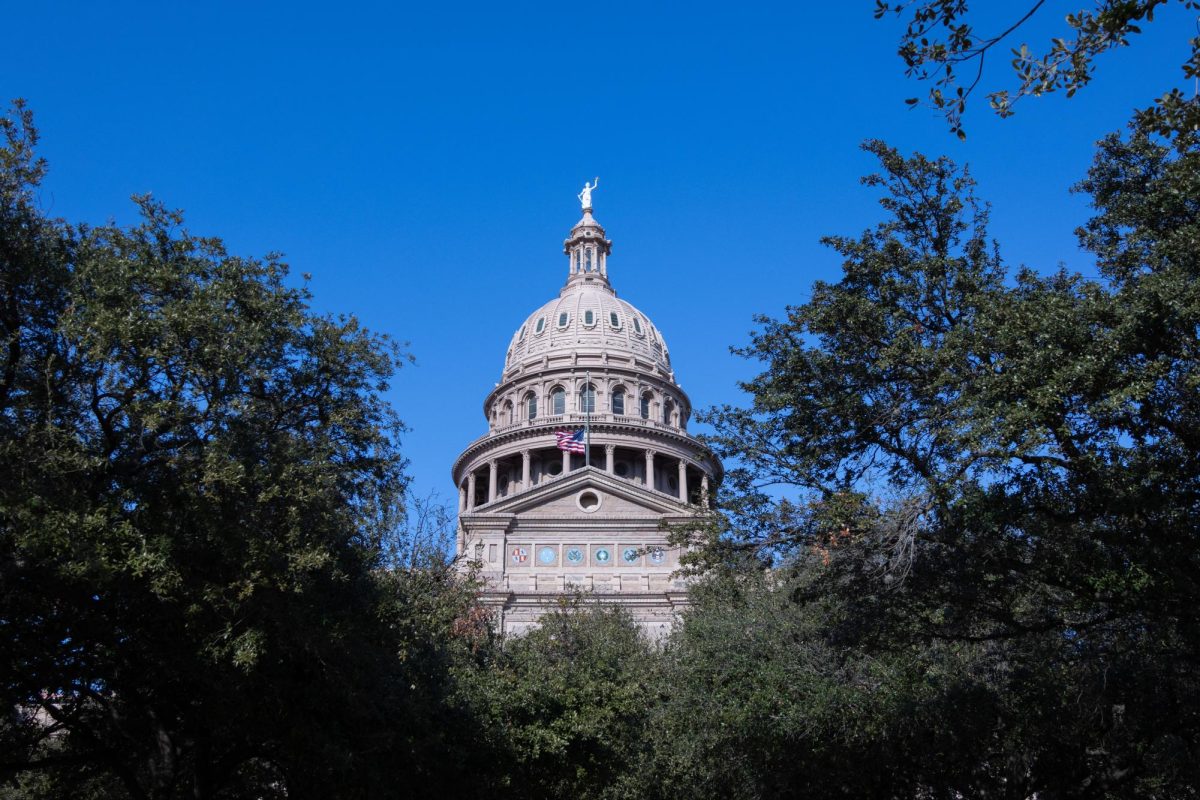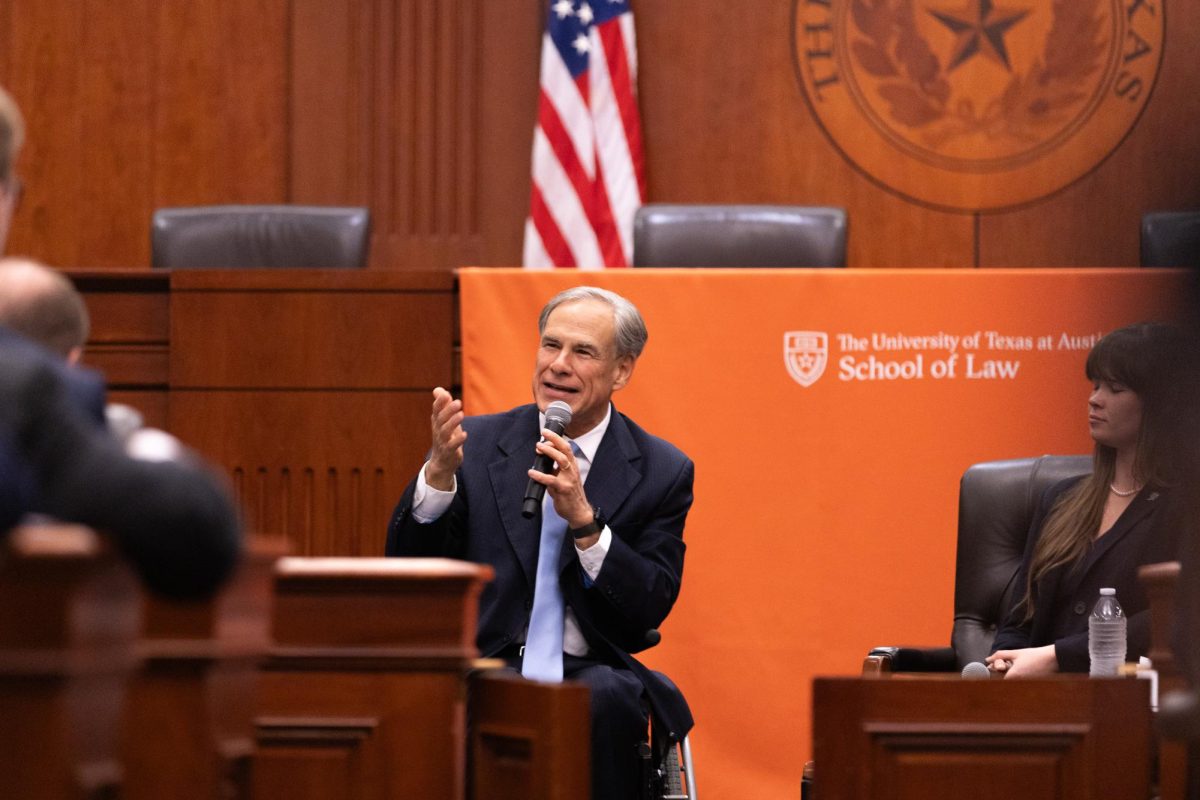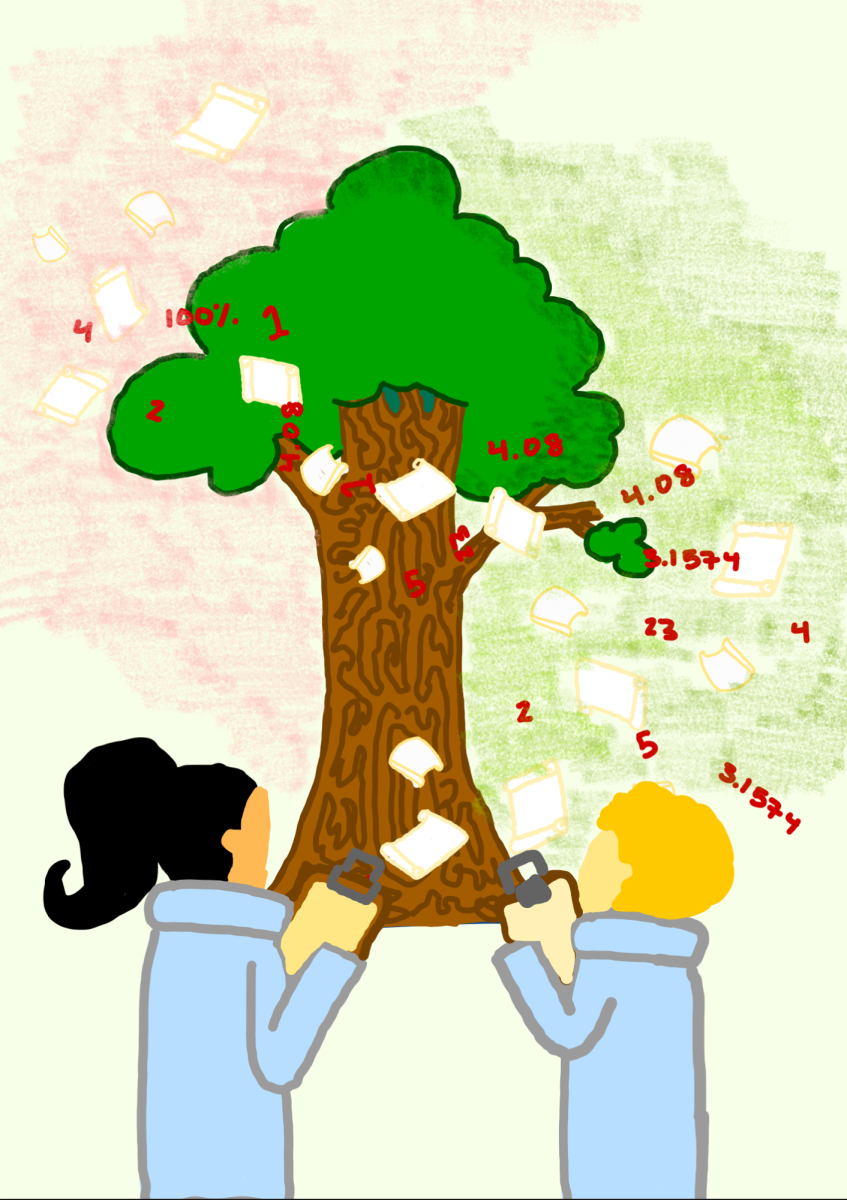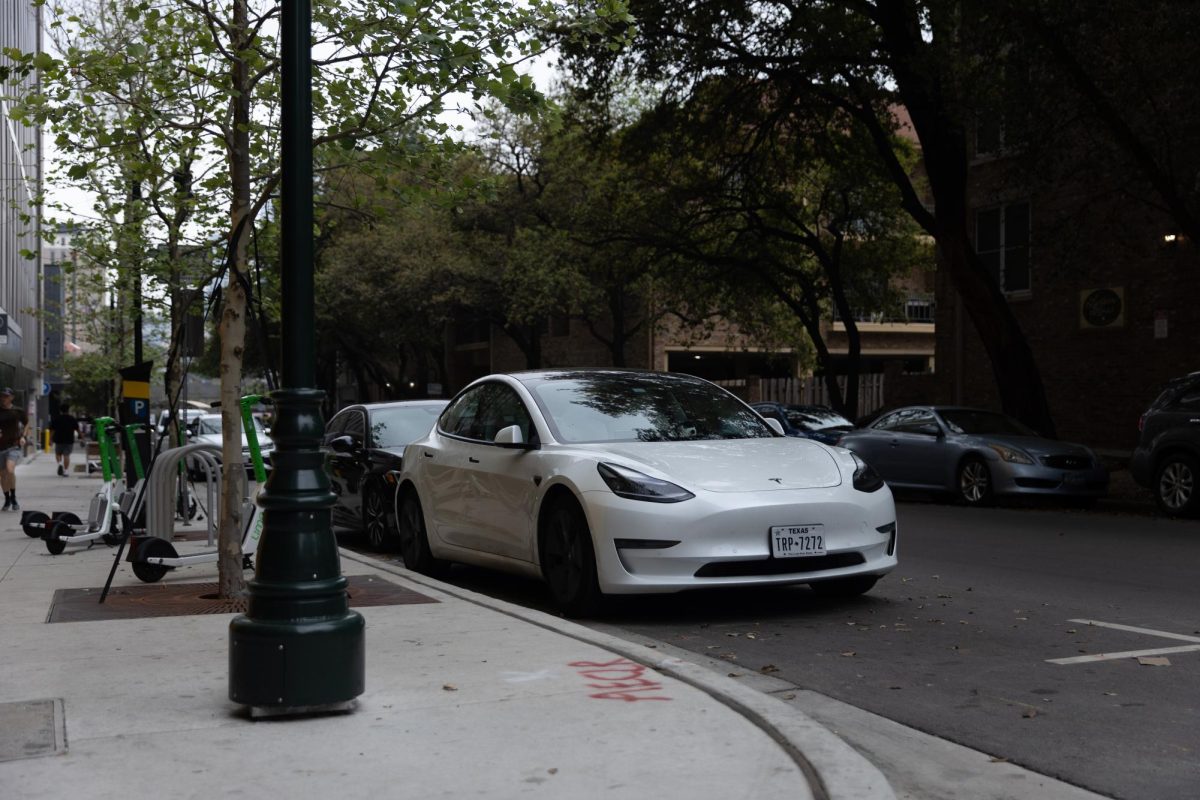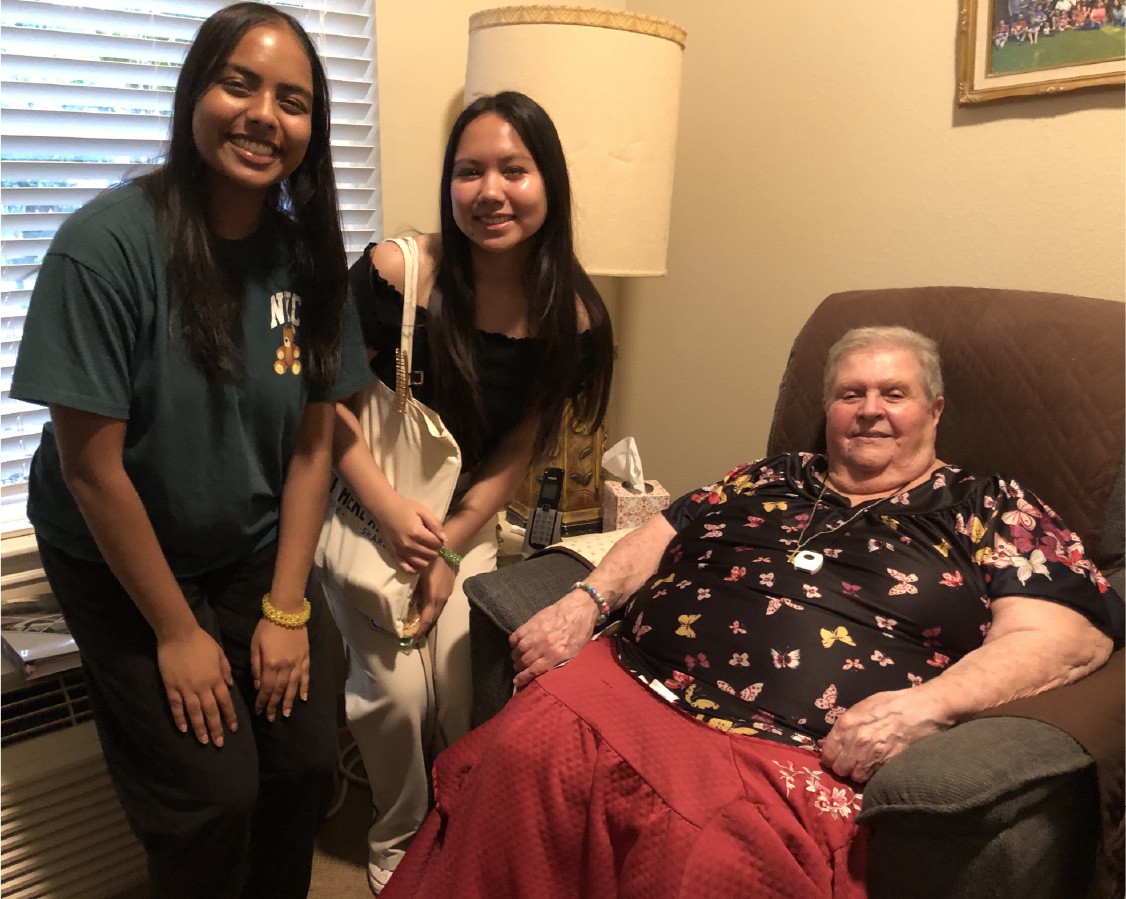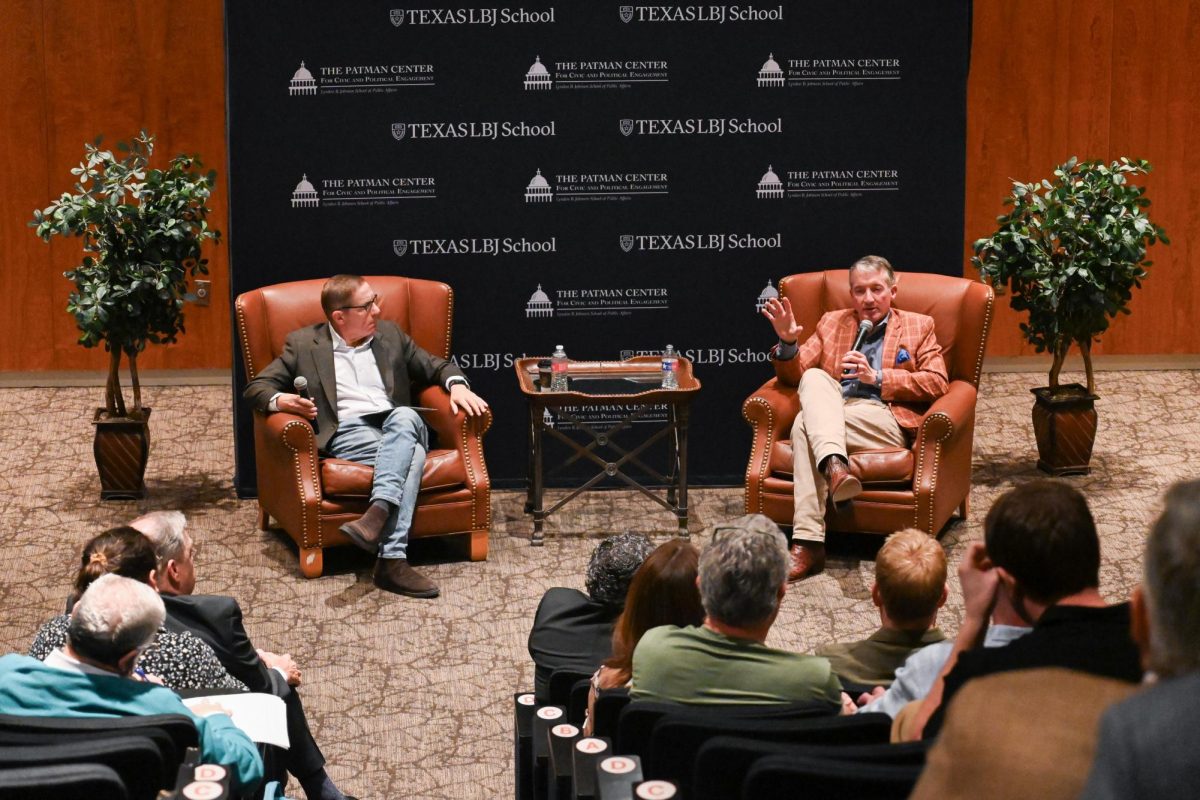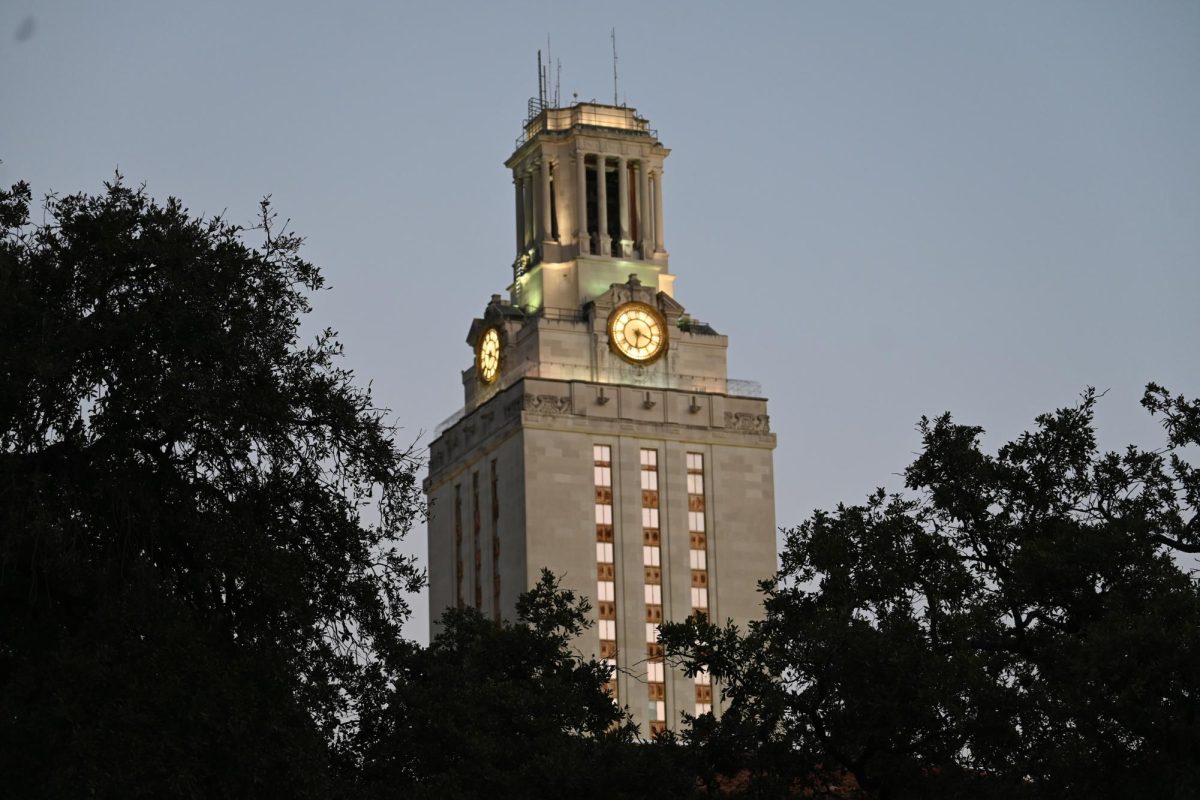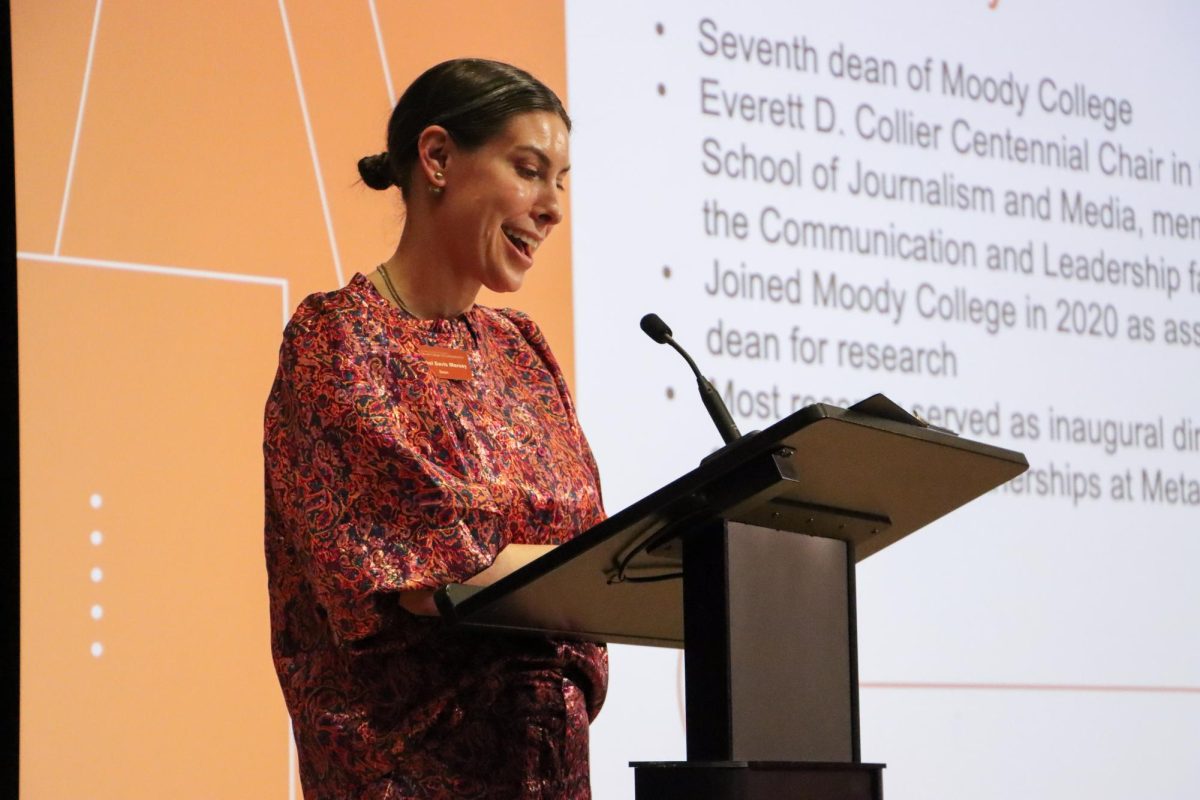Analysis by The New Tork Times concludes that the representation of black students has barely improved at UT since 1980.
Statistics from the analysis, which includes 100 universities, show that the population percentage of white students at UT declined from 87 percent in 1980 to 44 percent in 2015, while percentages of Hispanic and Asian students increased by 15 percent and 23 percent, respectively, over the same period. Meanwhile, UT’s black population was 3 percent in 1980 and has never exceeded 6 percent in the years since.
“The fact that the state is 12 percent African-American, but only 5 percent of the population of students are (black) should be concerning to everyone who believes in justice and fairness,” said Richard Reddick, associate professor in educational leadership and policy.
Reddick, a UT alumnus, said he sees the lack of representation as an issue faced by all institutions around the country — a statement that seems to align with the study from August, which showed only 12 of the 100 universities studied have a student body that is at least 10 percent black.
“I think that everybody in the state of Texas should be saying ‘I want all Texans to have access to that same opportunity,’ because it’s going to benefit us all, whether it be having more teachers in South Texas or more lawyers from Houston,” Reddick said.
Topanga Knox, anthropology and black studies junior, said there is room for UT to improve representation, but there is community among the small, existing black student population. Knox said there are more than 30 organizations for black students on campus, including the Black Student Alliance.
“We are family,” said Knox, BSA political action chair. “Tap into the community. We are a very open community. I don’t want any black students to be afraid to speak to one another.”
Communication studies sophomore Bryana Smith said the University’s implementation of spaces like the Gordon-White Building and the Malcolm X Lounge have eased any initial apprehension she had about feeling isolated at UT.
Smith said for any African American students on campus who may feel uneasy about being underrepresented, it’s important to remember why they came to UT.
“There’s a reason that you came, and it’s not just all for affirmative action or for sports,” Smith said. “You are intelligent; you deserve to be here.”

